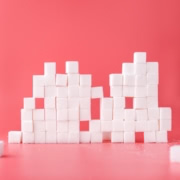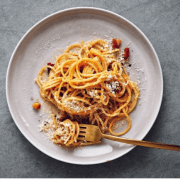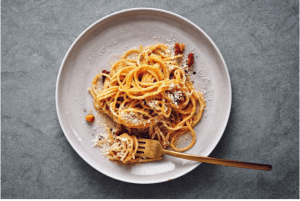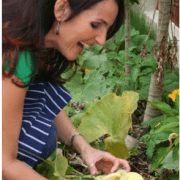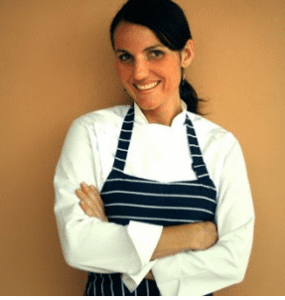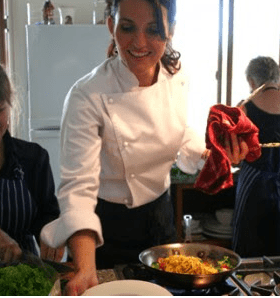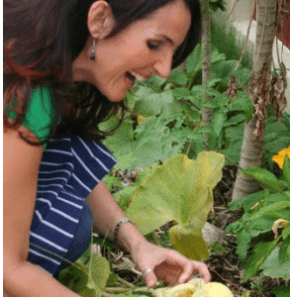How to use technology to help you manage your sugar intake.
0 Comments/in Blog/by Dominique RizzoToo much sugar is bad for our health. It can raise cholesterol, increase the risk of diabetes and contribute to tooth decay. The CDC advises that no more than 10% of our total daily calories should be made up of added sugars. It can be hard to moderate our sugar intake, particularly when we rely on processed, pre-packaged foods which are often high in added sugars.
Luckily, advancements in technology are helping us monitor our nutritional intake and take better control of our diets and lifestyles. Here are three ways you can use technology to manage your sugar consumption.

1. Use food diary apps to monitor your nutrition
Smartphone apps like Lose It!, MyFitnessPal and Noom allow you to log your food and monitor your intake of sugar easily. Many of these apps use the nutritional information from food packaging to calculate the intake of protein, fat, carbohydrate, sugars and other nutrients. When you input data into these apps consistently, you’ll be able to see which foods impact your sugar consumption the most, allowing you to make more informed choices.
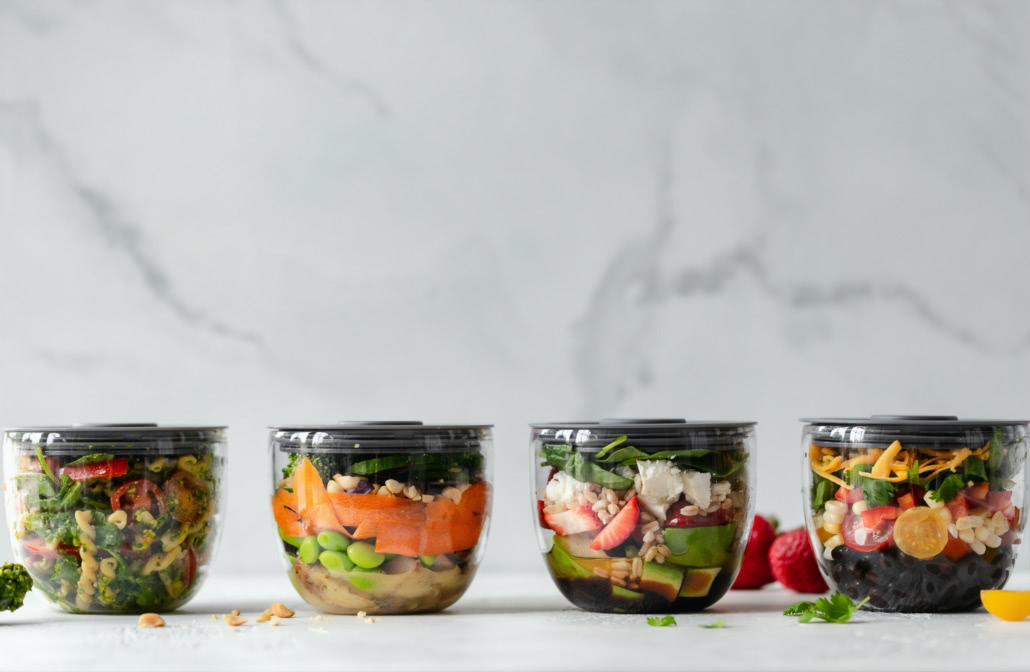
2. Use meal-planning apps to prepare healthy dishes
It’s common to turn to processed and pre-packaged foods for the sake of convenience, but this is where sugar tends to hide. Added sugar is contained in more than 60% of foods and drinks bought in American grocery stores. Therefore you’re typically much better off cooking your own dishes from scratch, as you’ll have complete control over the amount of sugar in your meals.
If you’re limited on time or inspiration, try using a meal planning app instead of resorting to pre-made food. Depending on the app, they can help you to organise your own recipes into shopping lists and weekly menus, or give you pre-set recipes and menus that work with your nutritional and budgetary goals.
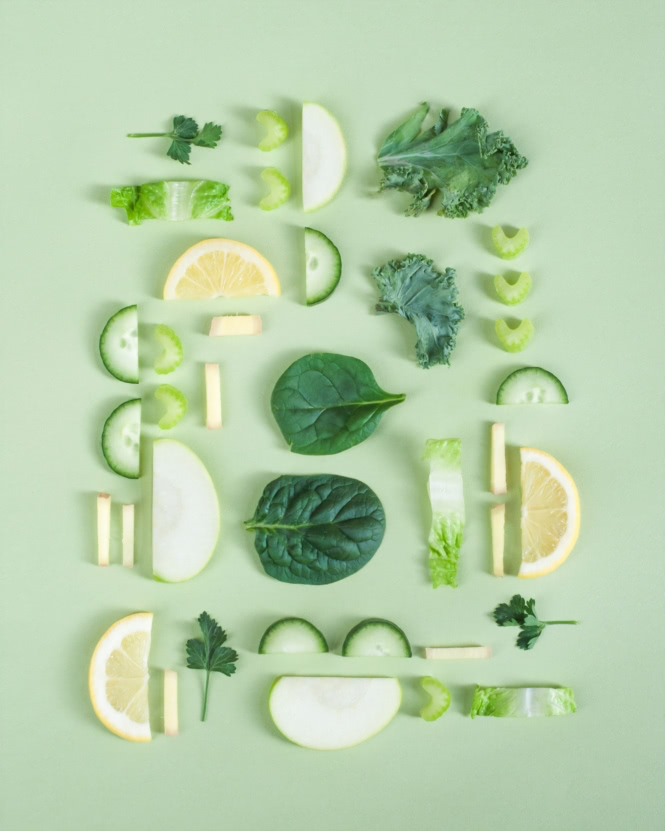
3. Use screen time settings on devices to cut blue light exposure at night
Many people use their devices for some entertainment before they fall asleep, but it’s now thought that excessive exposure to screens at night could lead to increased sugar cravings. A study conducted in 2019 found that the blue light emitted from our devices at night can alter levels of the hormones that control appetite and glucose tolerance.
By limiting screen exposure in the hours before bed, it may be possible to reduce cravings for sugar and in turn, reduce your sugar intake. Our smartphones have various features to help us reduce screen time, such as timers to limit the usage of certain apps, and reminders to encourage us to take frequent breaks.
Embrace tech to build healthy habits
Much of the technology that can help you manage your sugar intake can also help you to adopt a range of healthy diet and lifestyle habits, so there’s really no reason not to. Embracing this technology can put you on the right track to an overall healthier lifestyle, so find the way that works for you.

